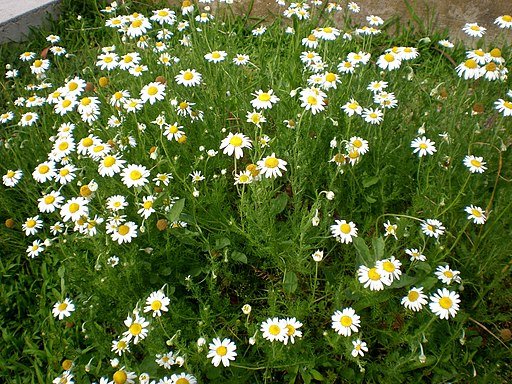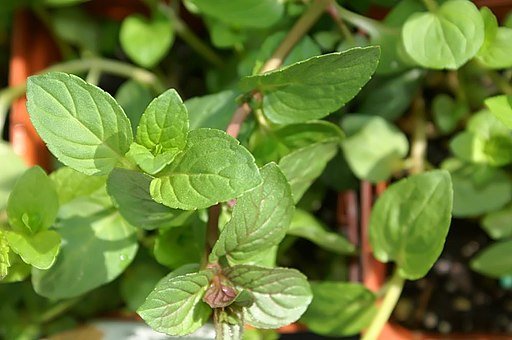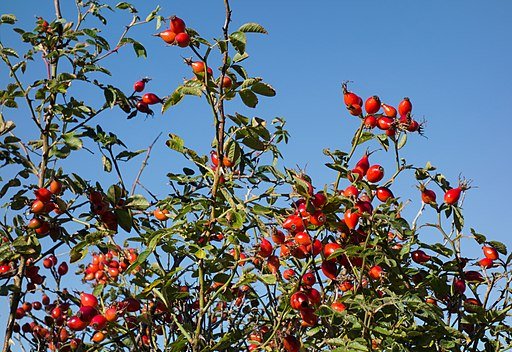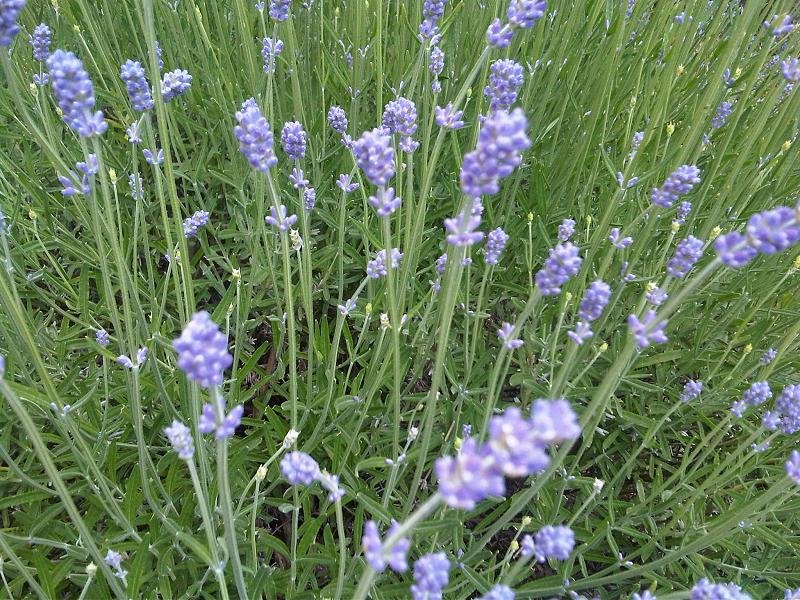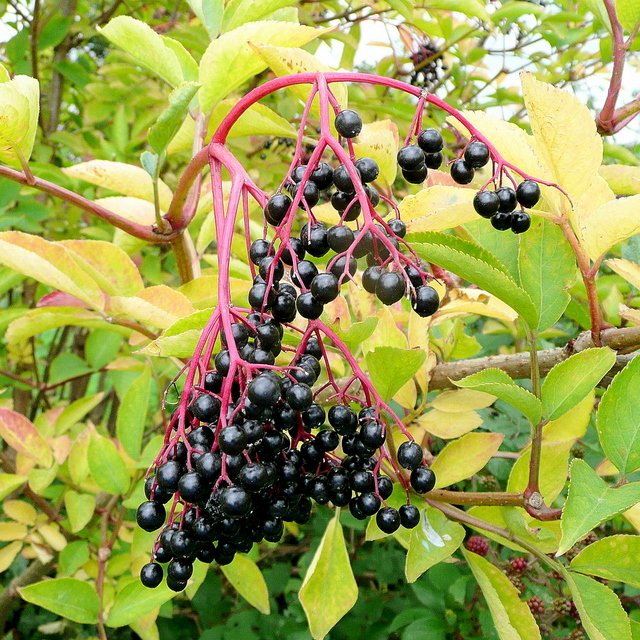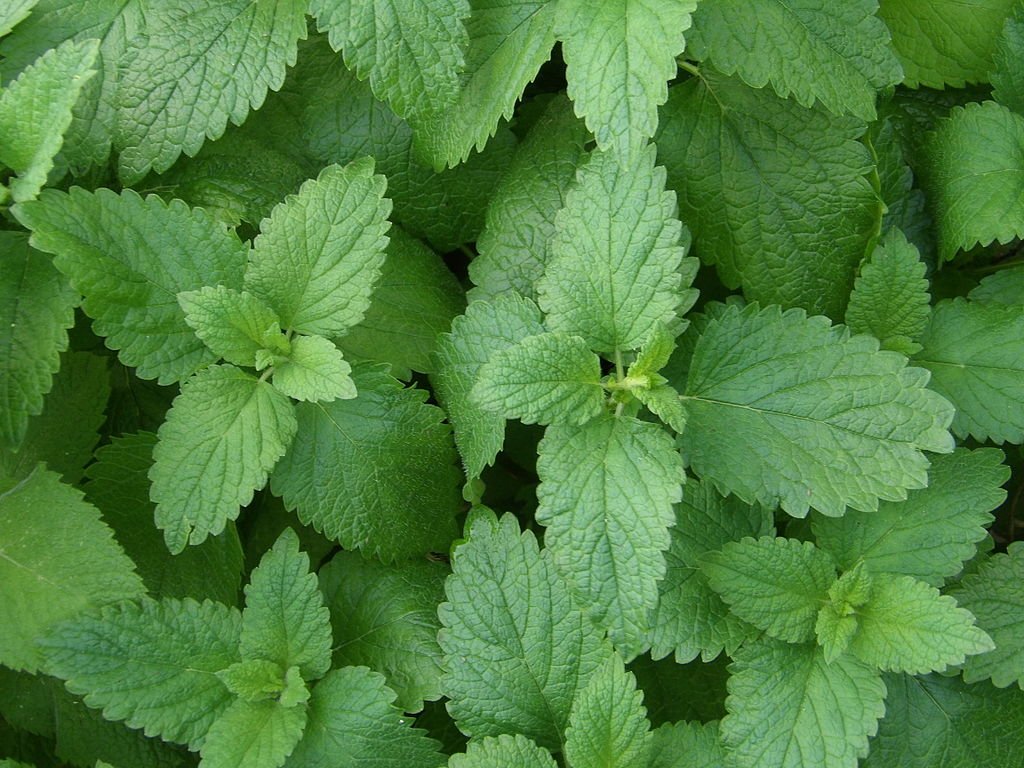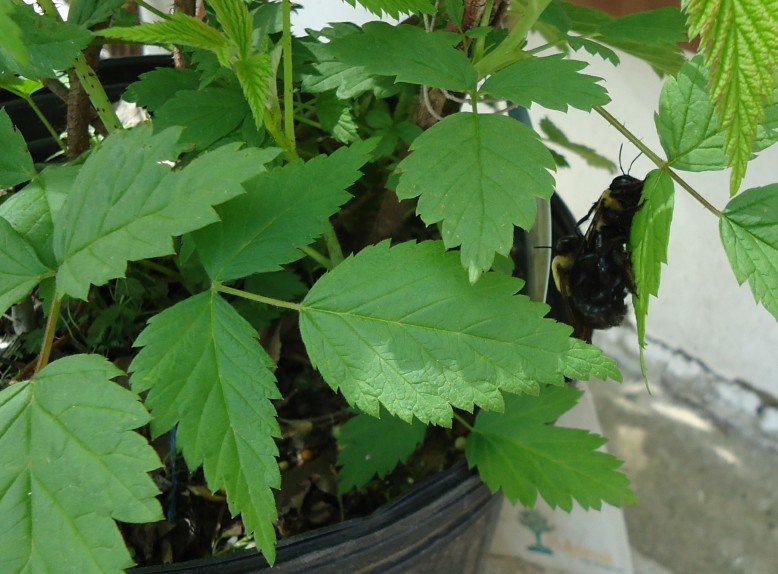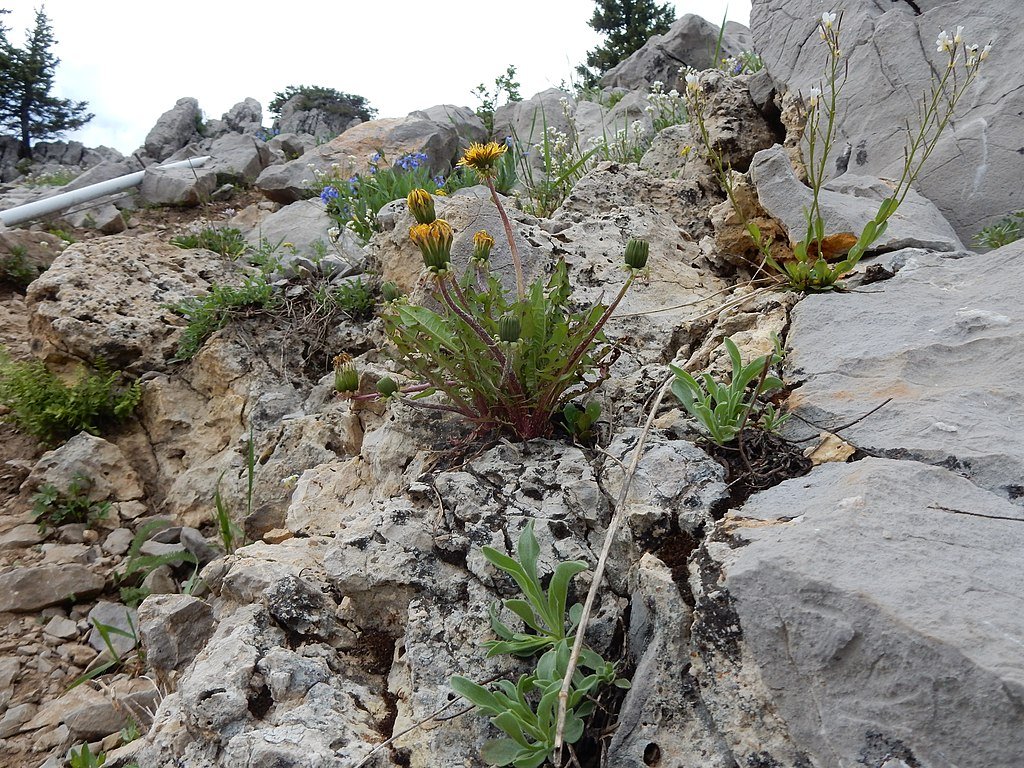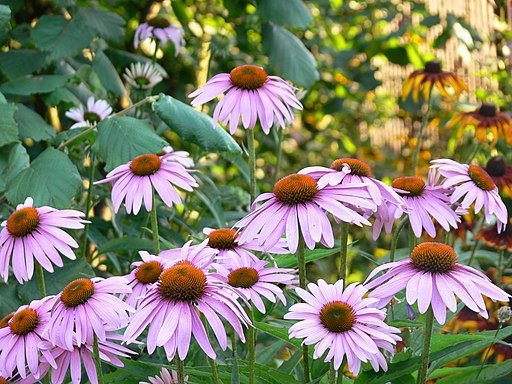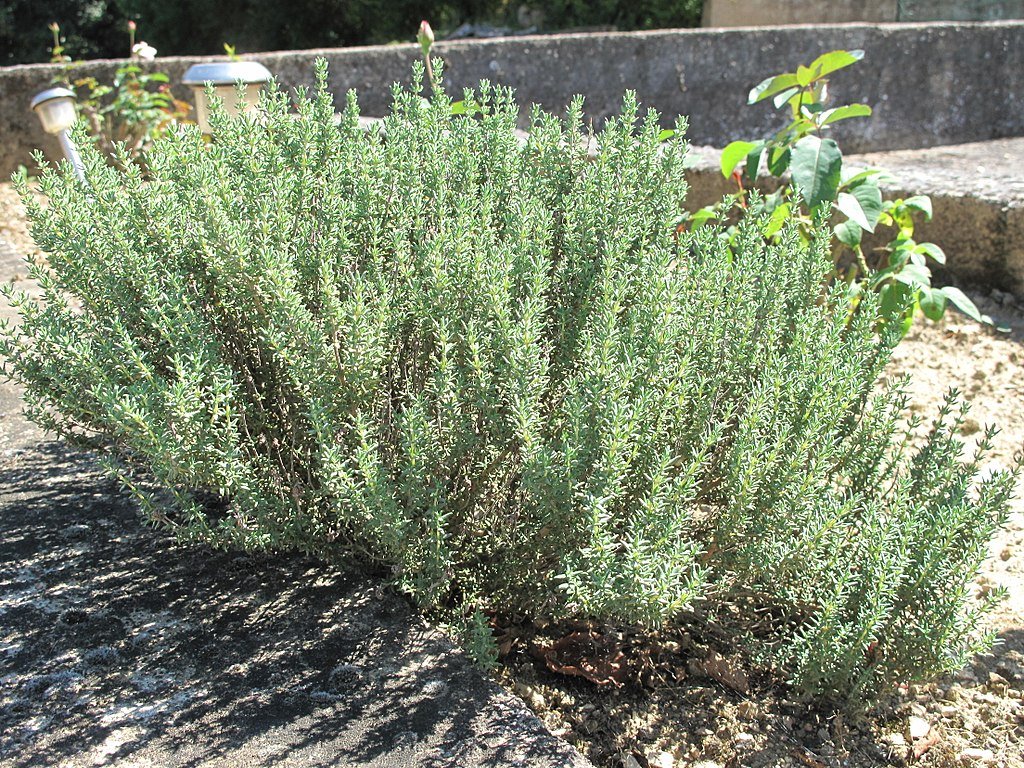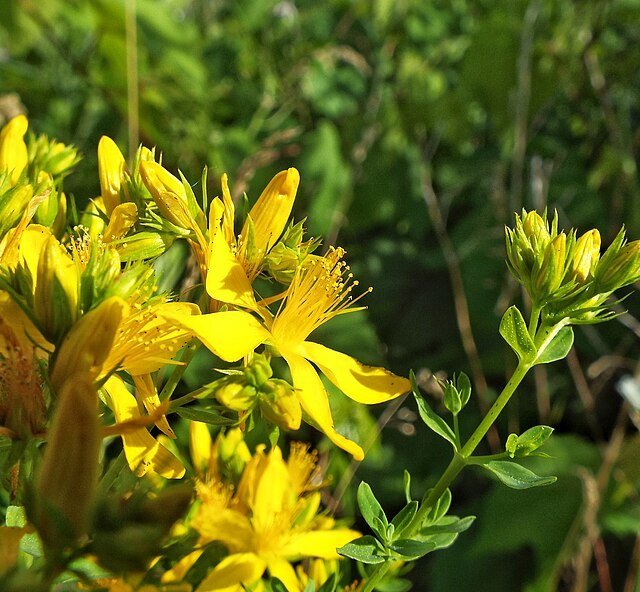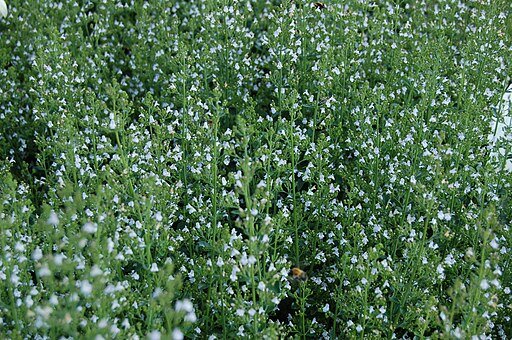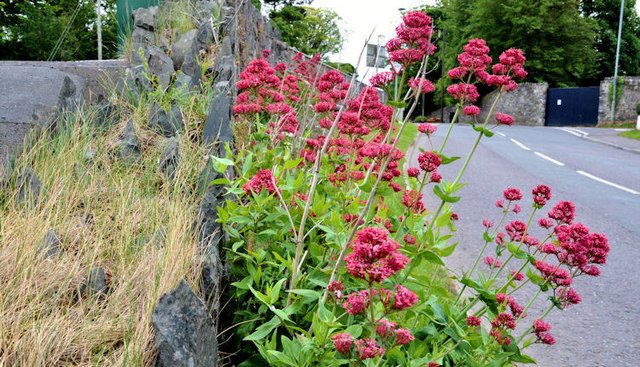What It Is, What It Could Be, And Why In the World Would You Even Want One?
Have you ever looked at a box of tea in the store and thought, "I could do that better"? Or maybe you opened up the tea bag when you got home and saw that it was only a tiny amount of chamomile and a much larger amount of mint. Or maybe you're just a curious sort, and you want to know how to mix your own tea blends. That's where this week's post comes on; we're taking a look at the first step to answering those questions, which is growing your own tea garden. We'll walk you through what you need to consider, the benefits that there are, which plants are good for a tea garden, and some of the important things to keep in mind as you harvest and store your tea.
Deciding What Type Of Plants You Want in Your Tea Garden
Naturally, the first thing you have to look at is what type of plants are you going to grow? Well, we won't go too deeply into this section; these are questions that you should consider as you do research.
What type of garden do you want?
Annual or perennial?
Do you want plants that you need to grow from seed every year? Or would you rather grow one's where you plant them once and reap a harvest for years to come?
Indoor, in containers, or in a plot?
How do you want to grow your plants? Do you love having them scattered throughout your home? Do you only have a porch and so you need to grow them in containers? Or do you have a garden in your yard that you can dedicate to this? Or are you going to go for broke and turn the entirety of your yard into a tea garden?
To treat specific issues?
Do you want to treat specific issues? Do you want to grow plants for a singular purpose or would you rather experiment and see what you can come up with?
Benefits To Growing Your Own Tea
All right so you've done your research, and now you can grow your own tea. What are the benefits though? After all that's a lot of work when you can just as easily go out and purchase it at Whole Foods or Central Market.
Gifts Galore
Let's start off with the low-hanging fruit; you will never run out of gifts for people. Whether it's the overabundance of mint, or knowing precisely which plants to mix together when someone has had a rough day and needs a pick me up, having your own tea garden is a never-ending source of gifts and ideas. If you're willing to throw in a little extra work, you can even take the plants you've already harvested and turn them into skin care products, soaps, candles, or even potpourri. All from the same garden and the work you've already put in.
Treat Some Health Issues At Home
While we will never say that you should treat everything on your own or that you should not go to a doctor, sometimes a doctor will recommend you over-the-counter medicine or a day of rest. For those days? Mint and Ginger is great for soothing your stomach. Sage and licorice root are great for a sore throat, although maybe not together. And a cup of chamomile tea is fantastic when you've had a rough week.
Important note: Please do not take anything herein as medical advice, and always make sure to speak to a medical practitioner before taking any teas in conjunction with medicines you have been prescribed.
Help Pollinators For Your Garden And Those Around You
By growing your own tea garden, you provide food for the natural pollinators in your area doing so means that not only will your garden flourish, but so will those for miles around you. It is one small way that you can help take care of your community without having to do anything extra.
Blend Your Own
In our opinion, one of the best benefits for growing your own tea garden? You get to blend your own teeth. If you're in the mood to experiment you can try adding a little extra to a recipe and see how that affects the flavor. Or you might substitute in rose hips instead of lavender to give a blend something different. You don't have to trust that you'll like precisely what's in a box and then potentially end up with a box of tea that you don't like. If you don't like what's in one bag of tea, write down the recipe you used and what you didn't like about it and next time you can do it better.
Plants for Your Tea Garden
Before we dig into these, we want to point out that while we are providing the botanical names for these plants, there are varieties. Whether you want to grow one plant or many of them, please do more research into them talk to other gardeners and, especially those that grow their own tea, to learn more about the plants for your own safety and health.
Roman chamomile
Official Name: Chamaemelum nobile
What it’s used for: Roman chamomile has been used to treat nausea, heartburn, gas, vomiting, and anxiety. It has also been used to ease the discomfort of swollen gums.
Mint - For any variety of mint, make sure that you keep it contained somehow. This might be growing it in a planter, or keeping it well away from anything and surrounded by concrete, or you can even let it grow inside and away from any other plants or dirt. Mint is one of the hardest plants that there is and if there is a tiny bit of dirt around it it will send out runners and set up an entirely new patch before you can say 'boo.'
Official Name: Mentha ×piperita
What it’s used for: Peppermint specifically has been used to treat upset stomach, digestion, help with anxiety, and also treat headaches brought on by stress.
Roses
There are many different varieties of roses that are edible, and you’ll want to choose one that has a very strong aroma, as that means the flavor will be stronger.
What it’s used for: Rose hips are often used to treat stomach issues and are high in antioxidants.
Lavender
Official Name: lavandula angustifolia
What it’s used for: Lavender is used to help reduce stress and anxiety, which has also been shown to help you fall asleep at night. It also helps to boost the mood and alleviate symptoms of mild depression, according to preliminary studies from
Elderberries -Technically speaking, elderberry is a shrub, and you should keep that in mind when it comes to planning out your garden; you don't want to leave the amount of space for a plant like rosemary and end up with a tree.
Official Name: Sambucus nigra
What it’s used for: Elderberry tea is packed with anti-inflammatory properties and has often been used in treating not only the cold and flu but also in reducing swelling, joint pain, and muscle aches.
Milk thistle - Milk thistle is another one that you need to keep carefully contained. Much like mint, make sure that you plan out ahead of time how you're going to do that.
Official Name: silybum marianum
What it’s used for: Milk thistle has often been used for protecting and strengthening the liver and for aiding in managing diabetes.
Lemon balm - It''s best to harvest lemon balm right after the flowers have grown and bloomed.
Official Name: Melissa officinalis
What it’s used for: Lemon balm has long been used to reduce stress and anxiety, to improve the appetite, and to help with sleep.
Ginger - For ginger, it's not the plant that you want; although the flowers are lovely, it is the root. You can slice or grate it for making teas.
Official Name: Zingiber officinale
What it’s used for: Ginger has long been used to aid with nausea and vomiting, to help with the pain of osteoarthritis, and also to help treat colds and cold-like symptoms.a
Raspberry - with raspberry, you get a two-for-one deal. Not only can you harvest your own raspberries and enjoy the fruit, but you can also harvest and utilize the leaves for tea.
Official Name: Rubus idaeus
What it’s used for: Raspberry leaf tea is packed with antioxidants, relieves mouth ulcers and sore throats, alleviates inflammatory conditions such as conjunctivitis, and aids in menstrual cramping.
Dandelions - Two very important notes when it comes to dandelions. The first is to make sure that you are purchasing true dandelions and not some of their relatives. Not because they are poisonous but simply because they will not have any of the benefits or the taste profile. The second point is that you should harvest the dandelions as soon as the flowers bloom and are fully open for the first time. You can use the flowers, the stems, the leaves, and the roots. But if you don't want them to take over everything in your yard, and your neighbor's yard, and their neighbors' yard, you need to get them before the little white fuzz balls pop up.
Official Name: Taraxacum officinale
What it’s used for: Dandelion leaves act as a diuretic and are also used to stimulate the appetite. Dandelion flowers have antioxidant properties and are being researched as possibly helping the immune system. Dandelion root is used to detoxify both the liver and the gallbladder.
Echinacea
Official Name: Echinacea purpurea
What it’s used for: Echinacea is used to boost the bodi’s immune system and reduce both the symptoms and duration of the common cold and flu.
Thyme
Official Name: Thymus vulgaris
What it’s used for: Thyme is able to lower the heart rate in people with high blood pressure and is theorized to help lower cholesterol. It also is used as a natural cough remedy and helps to boost your immunity.
St.John's wort
Official Name: Hypericum perforatum
What it’s used for: St John's Wort has been extensively studied in its aid with mild to moderate depression.
Catmint
Official Name: Nepeta cataria
What it’s used for: Catmint is another herb that has been used to help the stomach with diarrhea, gas, and cramps. It is said to relieve muscle spasms in the digestive system. Catmint has also been shown to reduce anxiety, nervousness, and restlessness. It is also shown to make people drowsy and should be used with caution for that reason.
Valerian
Official Name: Valeriana officinalis
What it’s used for: Valerian is an herb that people have used for many years to treat insomnia, depression, anxiety, and headaches.
Harvesting And Preparing Your Plants
Before we close out, let's take a quick look at how to go about harvesting and preparing your plants.
-in most cases, unless otherwise noted, you are going to be harvesting herbs before they flower. When herbs are first growing, they put all of their energy into growing the leaves, and so that is when the herbs are at their peak. Once the plant has flowered, it is now diverting that energy toward growing seeds.
- You'll want to cut herbs at mid-morning. You don't want dew on them, but you also don't want them to get too hot as they would in the afternoon and have the oils pulled deeper into the plant.
- Air dry your herbs to preserve the oils within.
- Keep your herbs stored in airtight containers, in a dry area, and away from the sun. There are all sorts of lovely apothecary-style bottles that you can use to store your herbs after they've tried. The thing to keep in mind if you use those is to paint the outside black and then stencil on what the plant is within. Allowing light to come into contact with the plants will degrade them over time and prevent you from getting the best cup of tea that you can.
- Mix your tea a few bags at a time, rather than mixing everything at once. Doing this in small batches ensures that if you don't like how something turned out, you don't have to throw away an entire harvest of a plant. Instead, you just note down the ratios you used and reconsider for next time.
- This brings us to our final point, keep a tea journal. Whether you are using tea to assist with ailments or working to find the ideal blend for every person in your life, keeping careful notes is important. You might find that you didn't add enough bergamot, and so you didn't get the citrusy flavor that you wanted. For this, you'd want to up the amount or add in a secondary plant that would support that flavor. Or you might notice that using mullein left you feeling hungover the day after; for that you would want to know exactly how much you would use in a cup and how long you had seeped it so that you could decrease the amount. Just like many other activities involving experimentation keeping a tea journal is both useful and rewarding.
What did you think? Are you hastily grabbing for some graph paper to chart out your garden? Or maybe you're thinking of growing a few container plants first to see just how much you like it? Let us know over on our Facebook page.
If you're reading this post because you needed a cup of tea after your dishwasher flooded, we can help. We won't be offering plants, though. Instead, we'll work with you to set a date and time when one of our skilled technicians can come over and diagnose the problem. You can give us a call at ((214) 599-0055) or reach out to us via our contact page.

